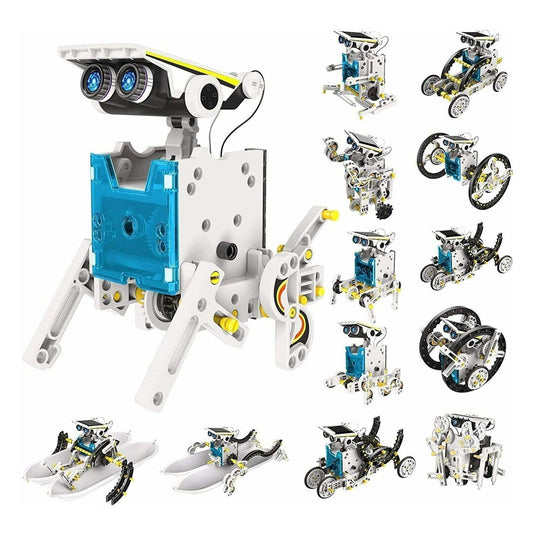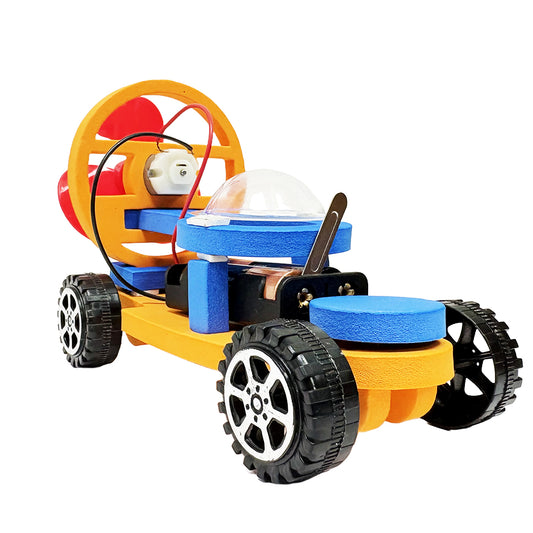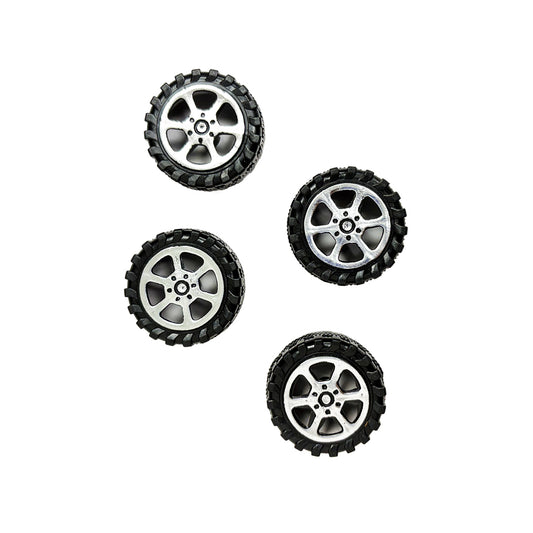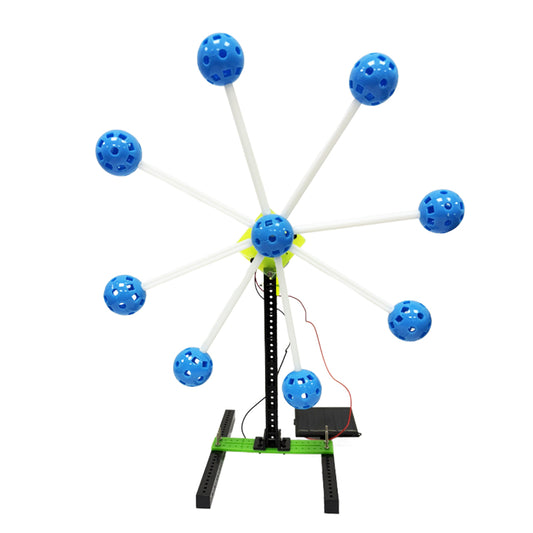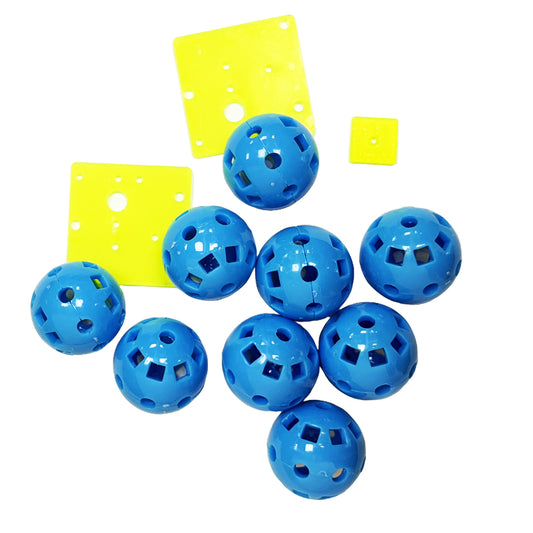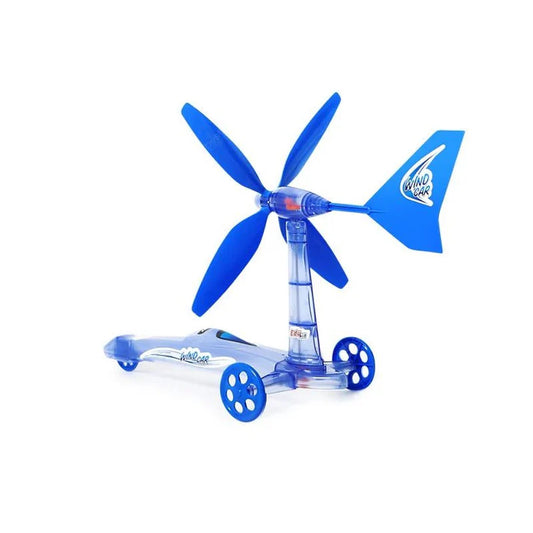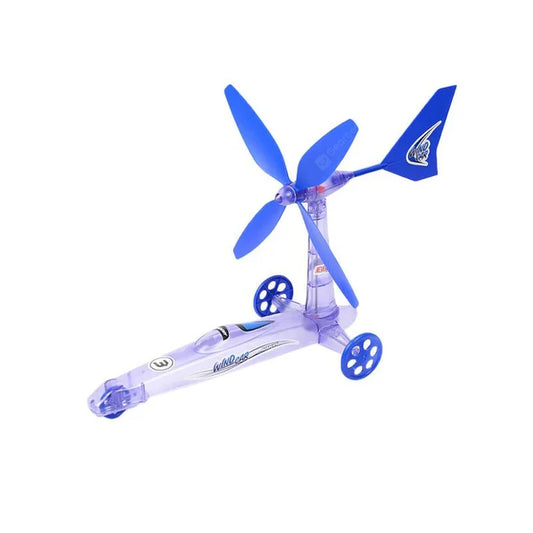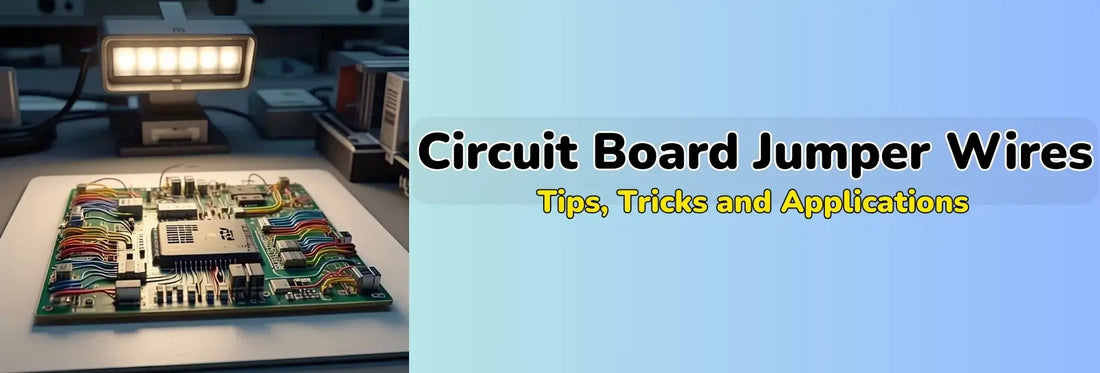
Circuit Board Jumper Wires - Tips, Tricks and Applications
IEM RoboticsTable of Content
- Understanding Circuit Board Jumper Wires
- Types of Circuit Board jumper Wire
- Applications of Jumper Wires in Electronics
- Best Practices for Using Jumper Wires
- Common Errors and How to Avoid Them
- Conclusion
Jumper wires in a circuit board are essential in electronics by providing adaptive connections for prototyping, testing, and repairing. These minimalist but critical devices make it easy for engineers and hobbyists to reconfigure circuits without soldering them permanently. Thus making them irreplaceable in PCB development and breadboarding.
Choosing the proper jumper wire ensures consistent operation with differing types, sizes, and insulating materials. Knowing their uses, optimal methods and pitfalls can significantly improve circuit efficiency. This article offers detailed information on Circuit Board jumper wire, and, tips and tricks to use them efficiently.
Understanding Circuit Board Jumper Wires
Circuit board jumper wires are vital tools for electronics as they allow passage of current or signals from one point to another on a printed circuit board (PCB), breadboard, or prototype setup. Insulated conductors offer an easy means of making temporary or permanent connections without soldering.
Jumper wires have extensive applications across different fields. In prototyping, they allow for rapid and versatile connections among components and this allow users to experiment with concepts. During troubleshooting and debugging, they assist in locating and bypassing malfunctioning connections, facilitating easier detection and repair of faults in electronic circuits. They also find application in PCB repair, where damaged traces or altered pathways require solid reconnections.
Circuit Board jumper wire are chosen depending on particular application needs and are composed of varying materials, thicknesses, insulations, and connector types, Proper selection guarantees peak performance for signal carrying, power transmission, or integration of components. Any electronics circuit user must know their nature and optimal procedures.
Types of Circuit Board jumper Wire
There are different types of jumper wire for pcb, each designed for particular uses. They can be categorized according to connector type, wire form, insulation type, and thickness.
1. According to the Connector Type
The type of connectors at the ends of Circuit Board jumper wire defines how they can be connected to components, breadboards, or microcontroller boards.
● Male-to-male (M-M) Jumper wires have metal pins on both ends and can, therefore, connect two female headers. They are widely used in breadboard prototyping and microcontroller projects like Arduino or Raspberry Pi.
● Male-to-Female (M-F) Jumper Wires: One end of the jumper wire has a metal pin (male), while the other end is provided with a socket (female). This makes them ideal for connecting male-pin components to breadboards or microcontroller boards.
● Female-to-female (F-F) Jumper Wires consist of female sockets on both ends. They can join male header pins in microcontroller projects, module joins, or circuit expansions.
2. According to Wire Type
Jumper wires may be solid or stranded, depending on their construction.
● Solid-core jumper Wires consist of a single wire made of conductive material, typically copper. Due to their rigid nature, they quickly push into breadboards and PCB holes and hold their shape after bending. However, they will break if flexed repeatedly.
● Stranded Core Jumper Wires consist of several thin copper strands twisted together, which provides greater flexibility. They resist breakage due to frequent bending better than solid wires and are thus very suitable for movement or repositioning applications. However, they do not retain their shape as well as solid cables and can be more challenging to push into breadboards.
3. Based on the Insulation Type
The insulation on a jumper wire for pcb keeps it safe from damage and electrical shorts. Insulation materials vary in heat resistance and durability.
● PVC-Insulated Jumper Wires: PVC is the most widely used insulation because it is inexpensive and easy to work with. However, it melts at high temperatures and is less durable in harsh environments.
● Silicone-Insulated Jumper Wires: Silicone insulation provides superior heat resistance and flexibility, making it suitable for robotics, industrial use, and applications involving regular wire movement.
● Teflon (PTFE) Insulated Jumper Wires: Teflon insulation is highly resistant to heat, chemicals, and harsh environments. It is widely used in aerospace, medical, and high-performance electronics.
4. According to Wire Gauge (Thickness)
Circuit Board jumper wire are of varying thickness, expressed in American Wire Gauge (AWG). The thickness influences the wire's current-carrying capacity and ease of handling in different applications.
● 22 AWG – Breadboard and PCB standard size.
● 24-26 AWG – Thin wires applied in low-power applications.
● 18-20 AWG – Heavy-duty wires applied in high-current applications.
Applications of Jumper Wires in Electronics
1. Prototyping and Circuit Design
Jumper wires enable quick prototyping in electronic circuit design. Engineers and students employ them to temporarily connect components like resistors, capacitors, transistors, and microcontrollers without permanent soldering. Breadboards and perf boards depend on jumper wires for flexible setup, facilitating circuit testing and redesign much more conveniently before locking down a PCB design. Time, effort, and expenses are saved since components can be reused several times to achieve optimal functionality.
2. Debugging and PCB Repair
Jumper wires prove helpful in fixing shorted-out PCB traces. A jumper wire is soldered across a broken copper trace on a PCB when it has been damaged from heat, mechanical flexure, or corrosion. Jumper wires also come in handy during troubleshooting, where connections are bridged briefly while utilizing the diagnostic tools of multimeters and oscilloscopes to monitor faulty components or signal losses.
3. Microcontroller and Embedded System Connections
Microcontrollers like Arduino, Raspberry Pi, and ESP32 frequently need jumper wire for pcb to connect external modules such as sensors, motors, LCDs, and communication modules. These connections allow microcontrollers to communicate with the physical world using diverse input and output devices. Proper jumper wire routing is vital to maintaining stable communication between parts using I2C, SPI, or UART protocols.
4. Testing and Modifying Circuits
Jumper wires test circuit conditions by temporarily altering signal or power distribution paths. Engineers insert jumper wires to examine circuit reactions to alternate voltage levels, check sensor readings, or debug firmware-driven circuits. This adaptability enables rapid optimization of circuits without making any permanent changes, making troubleshooting and innovation significantly more efficient.
Best Practices for Using Jumper Wires
1. Choosing an Appropriate Gauge
The correct circuit board jumper wire thickness is essential for circuit safety and reliability. Thin wires, like 24-26 AWG, are best for low-power circuits with little current. However, thick cables, like 18-20 AWG, are required in high-power circuits to accommodate higher current loads and avoid overheating. Utilizing the wrong gauge may create voltage drops, excessive resistance, and fire danger. Always check your circuit's current requirements before selecting jumper wires.
2. Wires Organization
Organizing jumper wires is vital to keeping the workspace clean and functional. Untidy and knotted wiring can lead to confusion when troubleshooting and cause accidental short circuits. Color-coding wires according to function—red for power, black for ground, and others for signals—can help quickly identify connections. Bundling wires with zip ties or routing them neatly along the board may also avoid putting unnecessary stress on the connections.
3. Using Heat Shrink Tubing for Insulation
For permanent connections, the use of heat shrink tubing provides additional insulation and mechanical integrity. This minimizes the likelihood of bare wires touching and creating shorts, particularly in tight circuits. Heat shrink tubing is especially valuable in high-vibration applications, like robotics and automotive, where continuous motion can degrade wire insulation over time.
4. Soldering with Wiring
If jumper wires are used for permanent fixings or modifications on a PCB, soldering them provides a strong connection. Applying flux to the joint before soldering enhances solder adhesion and avoids oxidation. Trimming off excess wire length after soldering also keeps the circuit layout neat. For extra strength, hot glue or epoxy reinforcement of soldered joints can relieve strain in high-stress points.
5. Testing Connections Before Powering Up
Before powering a circuit, always inspect and test jumper wire connections using a multimeter. This helps verify continuity, detect loose connections, and prevent accidental short circuits that could damage components. A simple resistance check ensures signals and power flow correctly through the intended pathways. Taking this extra step can save time and prevent costly mistakes.
Common Errors and How to Avoid Them
Some of the common errors with Circuit Board jumper wire are mentioned below-
● Application of Thin Wires to High Current
Thin wires may overheat and collapse when subjected to high currents. Properly thick cables should be utilized for power distribution.
● Poor Soldering Methods
Cold solder joints may cause intermittent contact or complete circuit failure. Proper soldering methods, such as applying enough heat and flux, should be utilized to form strong joints.
● Too Long Jumper Wires
Long wires create resistance, noise in the signal, and interference. Keeping jumper wires short ensures signal integrity, particularly in high-frequency circuits.
● Ignoring Strain Relief
Wires subjected to mechanical stress can break at the solder point. Applying hot glue, cable ties, or strain relief clamps prevents disconnections caused by movement.
Conclusion
Jumper wires are necessary in electronics for prototyping, testing circuits, repairing, and modifying them. Knowledge of the various circuit board jumper wire types and their uses guarantees maximum performance and reliability in circuit board applications. Adhering to best practices and avoiding pitfalls by engineers and hobbyists alike can help result in effective and long-lasting electronic designs.
Whether working on a hobbyist electronics project, tracing a PCB, or creating a prototype, proficiency with jumper wires is an essential skill that boosts circuit-building ability.


